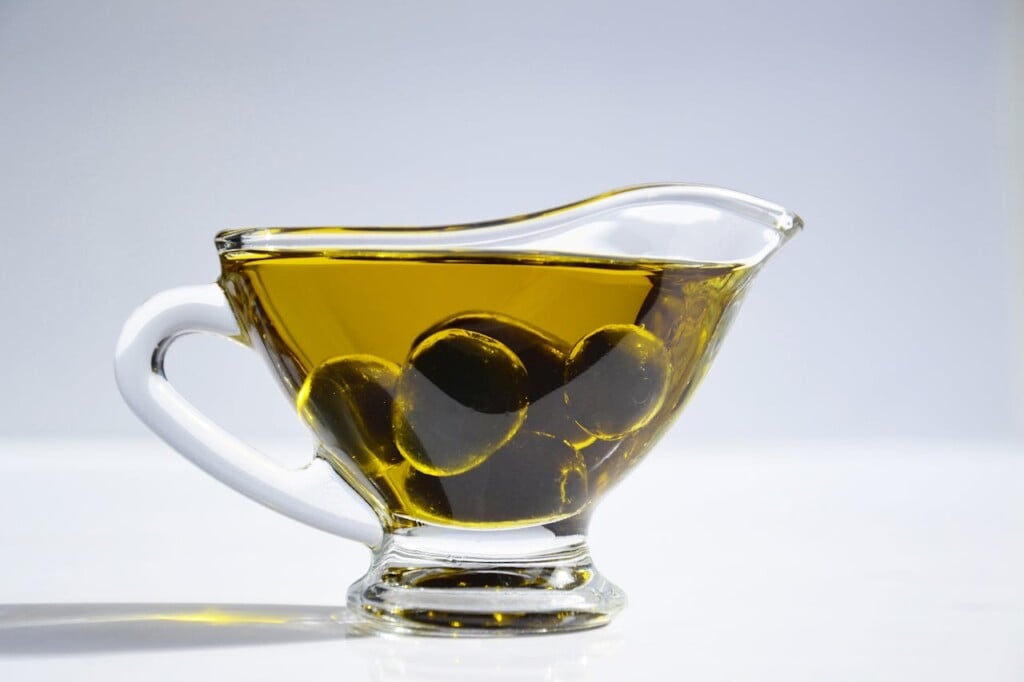
CAPE GIRARDEAU, Mo. (KBSI) – “Food fraud” is an issue that the Food and Drug Administration says can affect up to $40 billion of the global food industry.
“Economically motivated adulteration (EMA) occurs when someone intentionally leaves out, takes out, or substitutes a valuable ingredient or part of a food,” according to the FDA.
EMA also occurs with other products including animal food and cosmetics.
This isn’t just an economic issue. Depending on what is added, substituted, or left out, food fraud can lead to health issues, some major, and even death.
Some examples include lead poisoning from adulterated spices and allergic reactions to a hidden, substituted ingredient that contains even just one food allergen.
The FDA works on several fronts to protect consumers from the potential health risks and economic harm from food fraud.
Some examples of food fraud listed on the FDA’s website include:
- Honey and maple syrup labels may represent their food as pure product. But some companies have previously mixed cheaper sweeteners such as corn syrup, rice syrup, or cane sugar to lower the cost of production. Consumers will still pay the full price of pure honey or maple syrup with the additional profit going to companies.
- Olive oil, similar to honey and maple syrup, some companies will dilute more expensive extra-virgin olive oil with less expensive vegetable oil but sell the mix as pure olive oil at a higher price.
- Seafood fraud often happens when someone substitutes a less expensive species of fish for a more expensive species, such as selling less expensive snappers or rockfish in place of more expensive red snapper for the same higher price. Another example is when a seller adds ice to frozen seafood to make it heavier before selling it by weight.
- Juice: When manufacturers sell a mixture of citric acid, sweetener, and water as “100%” lemon juice or mix grape juice into their “100%” pomegranate juice, the consumer harm is mostly economic. However, when a company mixes expired, contaminated juice stored in dirty conditions with fresh juice in order to hide the low quality of the expired filthy juice, the resulting juice can possibly harm the person drinking it.
- Spices: One type of spice fraud occurs when an expensive spice (such as saffron) is bulked up with other non-spice plant material (such as plant stems). Another type of fraud is using dyes to give spices a certain color, especially when the color strongly impacts the perception of quality. Lead-based dyes and other industrial dyes that can cause adverse health problems such as cancer have been found in spices such as chili powder, turmeric, and cumin.
A past example of EMA affected infant formula which led to kidney failure in babies.
One way that scientists can estimate how much protein is in a food is by looking at how much nitrogen is present. In 2008, manufacturers in China added melamine (a synthetic chemical often used in plastics that has a high nitrogen content) to infant formula to make it seem like their products had enough protein.
News reports indicated the fraud caused over 300,000 illnesses, 50,000 hospitalizations, and at least 6 deaths.
If you suspect possible food fraud, you can call the FDA consumer compliant coordinator for your state. Or submit a MedWatch Online form.
The U.S. Department of Agriculture (USDA) also warns consumers of fraudulent organic certificates which violate the law and federal organic regulations.
The posting of fraudulent certificates does not necessarily mean that the named operator or certifying agent was involved in illegal activity because fraudulent certificates may have been created and used without the knowledge of the operator or the certifying agent named in a certificate.
Anyone suspecting a violation of the regulations can report a complaint to the NOP Compliance and Enforcement Division.
Additional links on food fraud including a peer reviewed article from the University of New Mexico can be found here:
